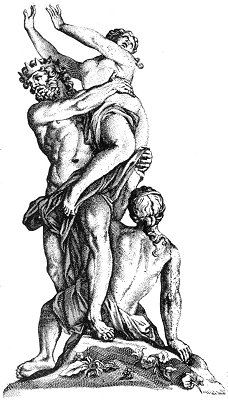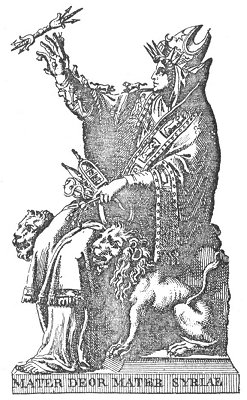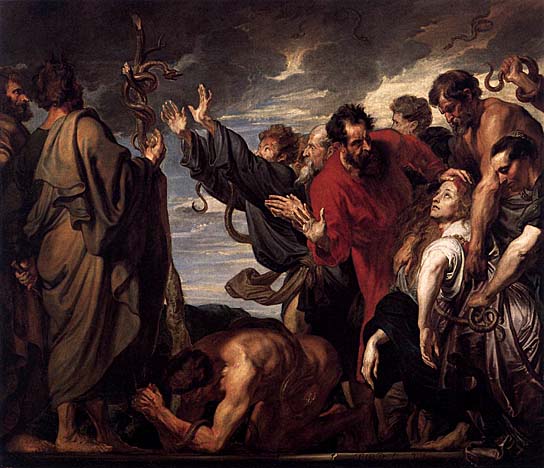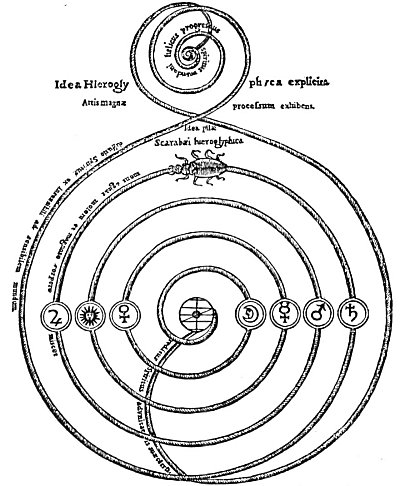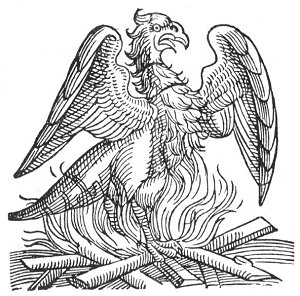p. 25
THE entire history of Christian and pagan Gnosticism is shrouded in the deepest mystery and obscurity; for, while the Gnostics were undoubtedly prolific writers, little of their literature has survived. They brought down upon themselves the animosity of the early Christian Church, and when this institution reached its position of world power it destroyed all available records of the Gnostic cultus. The name Gnostic means wisdom, or knowledge, and is derived from the Greek Gnosis. The members of the order claimed to be familiar with the secret doctrines of early Christianity. They interpreted the Christian Mysteries according to pagan symbolism. Their secret information and philosophic tenets they concealed from the profane and taught to a small group only of especially initiated persons.
Simon Magus, the magician of New Testament fame, is often supposed to have been the founder of Gnosticism. If this be true, the sect was formed during the century after Christ and is probably the first of the many branches which have sprung from the main trunk of Christianity. Everything with which the enthusiasts of the early Christian Church might not agree they declared to be inspired by the Devil. That Simon Magus had mysterious and supernatural powers is conceded even by his enemies, but they maintained that these powers were lent to him by the infernal spirits and furies which they asserted were his ever present companions. Undoubtedly the most interesting legend concerning Simon is that which tells of his theosophic contests with the Apostle Peter while the two were promulgating their differing doctrines in Rome. According to the story that the Church Fathers have preserved, Simon was to prove his spiritual superiority by ascending to heaven in a chariot of fire. He was actually picked up and carried many feet into the air by invisible powers. When St. Peter saw this, he cried out in a loud voice, ordering the demons (spirits of the air) to release their hold upon the magician. The evil spirits, when so ordered by the great saint, were forced to obey. Simon fell a great distance and was killed, which decisively proved the superiority of the Christian powers. This story is undoubtedly manufactured out of whole cloth, as it is only one out of many accounts concerning his death, few of which agree. As more and more evidence is being amassed to the effect that St, Peter was never in Rome, its last possible vestige of authenticity is rapidly being dissipated.
That Simon was a philosopher there is no doubt, for wherever his exact words are preserved his synthetic and transcending thoughts are beautifully expressed. The principles of Gnosticism are well described in the following verbatim statement by him, supposed to have been preserved by Hippolytus: “To you, therefore, I say what I say, and write what I write. And the writing is this. Of the universal Æons [periods, planes, or cycles of creative and created life in substance and space, celestial creatures] there are two shoots, without beginning or end, springing from one Root, which is the power invisible, inapprehensible silence [Bythos]. Of these shoots one is manifested from above, which is the Great Power, the Universal Mind ordering all things, male, and the other, [is manifested] from below, the Great Thought, female, producing all things. Hence pairing with each other, they unite and manifest the Middle Distance, incomprehensible Air, without beginning or end. In this is the Father Who sustains all things, and nourishes those things which have a beginning and end.” (See Simon Magus, by G. R. S. Mead.) By this we are to understand that manifestation is the result of a positive and a negative principle, one acting upon the other, and it takes place in the middle plane, or point of equilibrium, called the pleroma. This pleroma is a peculiar substance produced out of the blending of the spiritual and material æons. Out of the pleroma was individualized the Demiurgus, the immortal mortal, to whom we are responsible for our physical existence and the suffering we must go through in connection with it. In the Gnostic system, three pairs of opposites, called Syzygies, emanated from the Eternal One. These, with Himself, make the total of seven. The six (three pairs) Æons (living, divine principles) were described by Simon in the Philosophumena in the following manner: The first two were Mind (Nous) and Thought (Epinoia). Then came Voice (Phone) and its opposite, Name (Onoma), and lastly, Reason (Logismos) and Reflection (Enthumesis). From these primordial six, united with the Eternal Flame, came forth the Æons (Angels) who formed the lower worlds through the direction of the Demiurgus. (See the works of H. P. Blavatsky.) How this first Gnosticism of Simon Magus and Menander, his disciple, was amplified, and frequently distorted, by later adherents to the cult must now be considered.

Moe is the founder of GnosticWarrior.com. He is a father, husband, author, martial arts black belt, and an expert in Gnosticism, the occult, and esotericism.

